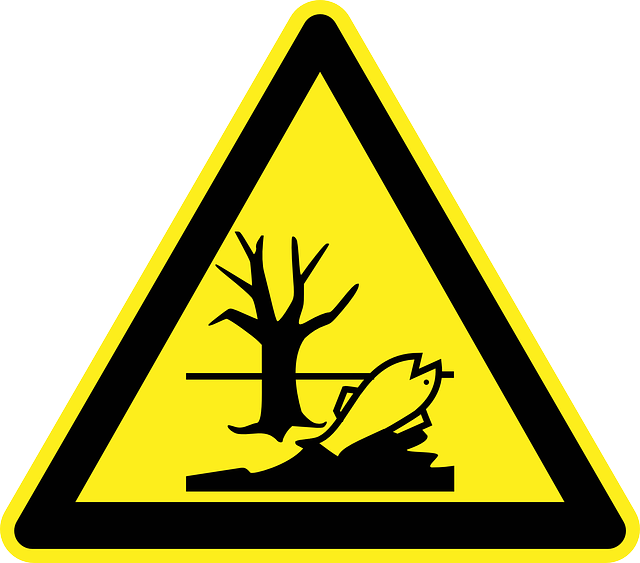Gasoline and diesel are highly flammable and poisonous liquids. Take extra caution when handling them:
-
Shut off the engines and all other fuel-based appliances. Extinguish cigarettes. Do not operate switches or other devices that may generate sparks while refuelling.
-
Avoid spilling any fuel. In case of spill, wipe it up immediately. Clean spills on skin with soap and water.
-
In case you swallow, inhale or get fuel into your eyes, seek medical attention.
-
Ensure that no fuel has leaked into the bilge or the engine space.
-
Always keep spare canisters on the deck. Storing them under the deck or in the cabin poses a risk of fire and environmental pollution.
When refilling the engine tank, use a high-quality gasoline that meets the minimum octane rating. For recommended fuel types, see the engine manual.
If you have selected the heater accessory, there is also a diesel tank. When filling the diesel tank, use diesel fuel.
The wrong fuel type can break the engines or other fuel-driven devices.
-
Do not use diesel fuel when refueling the engine tank.
-
Only use diesel when filling the diesel tank.
-
Always check that you are using the correct fuel filling inlet.
For more information, read the equipment manufacturer’s manual.
The locations of the gasoline and diesel fuel filling inlets are included in the description of the fuel system.
The fresh water inlet and the septic waste suction fitting on your boat may be located next to a fuel filling inlet, if you have selected these optional features.
Do not mix up the different inlets.
Ensure that the caps labeled "Water" and "Waste" are tightly closed when refueling.
The fuel level in the tanks can be monitored on the Engine multi-function panel (see 4.3.1 Yamaha engine controls).
Consider that you may not be able to fill up the tank if the boat is not level. The trim and how the boat is loaded affect the fuel tank capacity. In addition, always add an extra 20% reserve to the expected fuel consumption for the trip.

Environmental hazard!
Do not overfill the tank. Make sure the fuel does not overflow into the sea from the fuel ventilation opening.
Note that the ventilation system on the US market prevents fuel from flowing over.